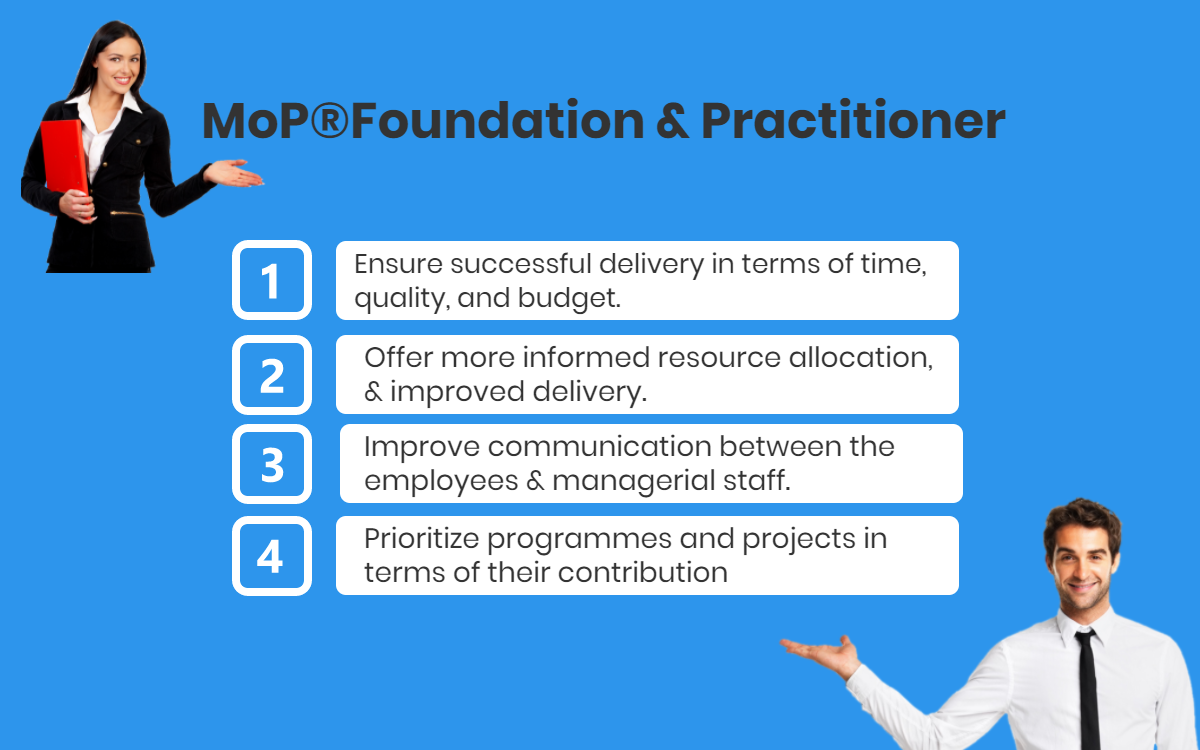Bournemouth is a large coastal resort town lies on the southern coast of England with a population of around 183,491 according to 2011 census. The city is located 94 miles southwest of London. The city has the largest settlement in Dorset and forms the conurbation of South East Dorset with the total population of around 465,000. The city was also referred as deserted heathland and it was occasionally visited by gangs of smugglers and fishermen. The city became popular in 1870 and economy boomed with the establishment of the railway. The city has been part of Ceremonial County and governed by unitary authority.
The city is famous for its beautiful beaches and buzzing nightlife attracting more than five million visitors every year. The city is also known for its Victorian architecture and 62 m spire of St Peter’s Church, Grade 1 listed church in the borough. CCTV cameras were introduced in the city and used for public street based surveillance and it became the first town in the United Kingdom to use CCTV cameras. The city serves as a major tourist and regional centre for entertainment and recreation and has a popular nightlife destination with UK visitors.
History
The area spread around the mouth of the River Bourne was part of Hundred of Holdenhurst including settlements of Muscliff, Ilford, North Ashley and Tuckton, later on, integrated into the Manor of Christchurch. Some ancient settlements were found along the River Stour in late 19th and early 20th century including Iron Age and Bronze Age. In 1932, 5500 years old skull was also found in Longham. Before the 18th century, only fishers and turf cutters were regular visitors and there was no evidence of human settlement at the mouth of the Bourne River.
The city had 70% of the common land before Christchurch Inclosures Act 1802, after that 5000 acres of land transferred to the private owners. These early attempts were made for the development of the town as a healthy town. The city was developed into a small community and spread around the area includes the tree-lined walk to the beach and pines. The Railways came into the city in 1870 and city faced the next phase of development with increasing population. It also became a favourite destination for visiting artists and writers. In 1900, the city became a municipal borough and then became a county borough. During the fortification against invasion in Second World War, the seafront of the city faced a great damage but luckily the town escaped form heavy bombing.
Economy
The economy of the city is primarily dependent on the public and financial service sector, provide employment to 95% of the workforce. The city is lacking behind in communications and transport compared to other cities of the country. The city is home to notable employers including Tata Consultancy Services, JPMorgan, RIAS insurance and Liverpool Victoria. The city is predominantly dependent on its manufacturing industry on neighbouring town Poole. Tourism plays a crucial role in the development of the city and contributes to the local economy. The seafront of the city is considered as one of the biggest attractions of the United Kingdom and became a popular destination for stag and hen parties. The city provides a broad range of night-time activities as well as maintaining the safety of both visitors and residents.
Education
The local education authority was formed in 1903 and it was again established with the reorganization of local government in 1974. The city lost the status of County Borough and became a unitary authority. The city follows a two-tier comprehensive education system with presence of a number of primary and secondary schools in the borough. The city is home to Bournemouth University and Arts University for higher education.


